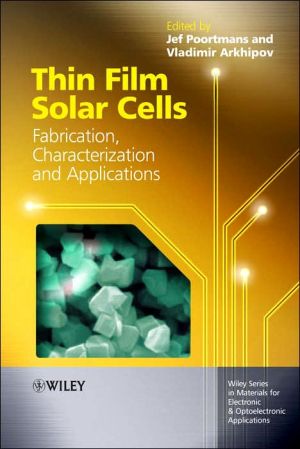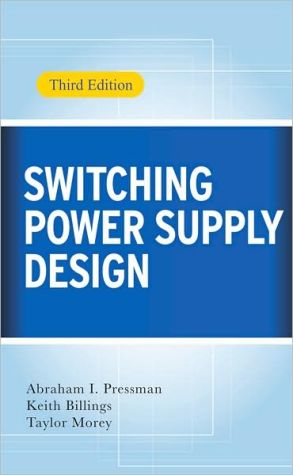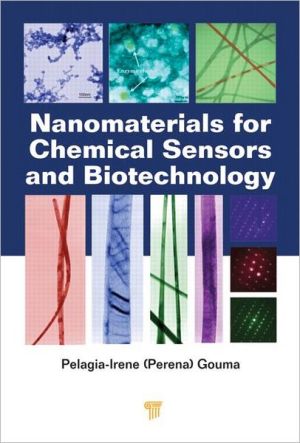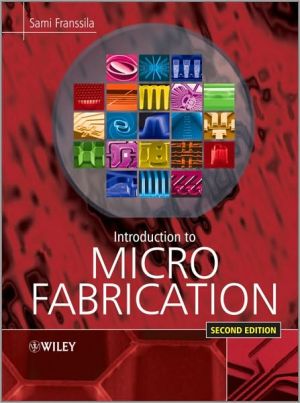Thin Film Solar Cells: Fabrication, Characterization and Applications
In order to make photovoltaic power generation an economically viable option, the cost of solar cell devices has to be lowered. Nowadays most solar cells are manufactured from crystalline Si substrates with a typical thickness of 200-300 [Mu]m. Since the base material for these devices is electronic-grade Si, a large part of the cost of the final solar cell is related to the active material. In order to reduce these costs, a transition from these "bulk crystalline Si solar cells" has to made...
Search in google:
In order to make photovoltaic power generation an economically viable option, the cost of solar cell devices has to be lowered. Nowadays most solar cells are manufactured from crystalline Si substrates with a typical thickness of 200–300 mm. Since the base material for these devices is electronic-grade Si, a large part of the cost of the final solar cell is related to the active material. In order to reduce these costs, a transition from these 'bulk crystalline Si solar cells' has to made to thin-film technologies with reduced usage of active material in the device. These thin films can consist of crystalline, protocrystalline, or amorphous silicon. In addition, II-VI polycrystalline compounds like CdTe or ternary compounds like CuIn(Ga)Se2(S)-alloys are being investigated and developed. In the case of thin films of Si, there is a broad range of deposition technologies. Although these technologies have not yet come onto the market to any great degree, there has been considerable progress over the last years both in terms of technology development, upscaling and in-depth understanding. Currently, there is strong growth of R&D in the field of organic and hybrid solar cells. In order to exploit the full potential of these materials, novel and radically different cell concepts have been suggested. At contrast to the classical planar homo- and heterojunction structures, these concepts are based on three-dimensional structures to generate and collect the carriers. The most prominent examples of these structures are the bulk donor–acceptor heterojunction cells, the nanocrystalline photo-electrochemical cell (also known as Grätzel cell) and eta cells. In fact, these device concepts are a clear illustration of the possibilities offered by nanostructured materials to further enhance photovoltaic performance and to reduce the solar cell cost. This book is the first comprehensive overview covering the different thin-film solar cell technologies: from the more “classical ones” (a-Si:H, CdTe, CIS) to the novel ones which are making their way from the lab to actual production. The book not only provides the reader with a good overview but also provides recent insights on advanced characterization, device modelling and upscaling of the different approaches. The book is intended for postgraduate researchers in the PV domain, industrial researchers in the PV domain and photonics professionals.
1Epitaxial thin film crystalline silicon solar cells on low cost silicon carriers12Crystalline silicon thin film solar cells on foreign substrates by high temperature deposition and recrystallization393Thin film polycrystalline silicon solar cells974Advances in microcrystalline silicon solar cell technologies1335Advanced amorphous silicon solar cell technologies1736Chalcopyrite based solar cells2377Cadmium telluride thin film solar cells : characterization, fabrication and modeling2778Charge carrier photogeneration in doped and blended organic semiconductors3259Nanocrystalline injection solar cells36310Charge transport and recombination in donor-acceptor bulk heterojunction solar cells38711The terawatt challenge for thin film photovoltaics427








